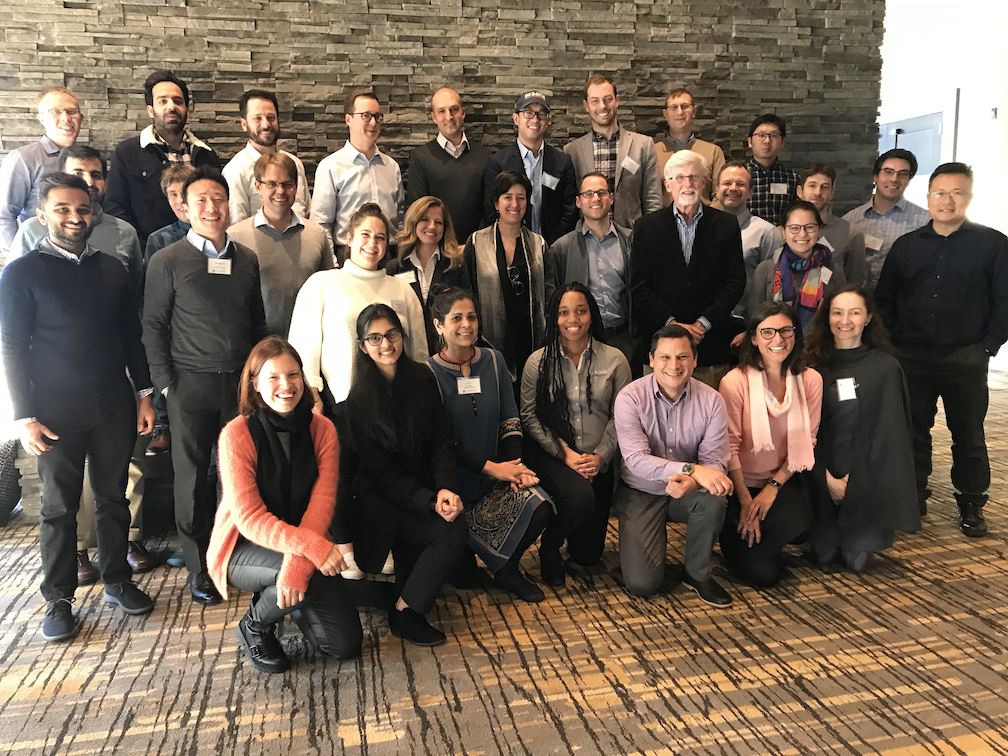What Sets the Open Energy Outlook Apart
By Joe DeCarolis, Aranya Venkatesh, Katie Jordan, Aditya Sinha, Jeremiah Johnson, Paulina Jaramillo
The Open Energy Outlook (OEO) for the United States is a modeling effort funded by the Alfred P. Sloan Foundation, which aims to rigorously examine different technology and policy pathways across the whole energy system that achieve deep decarbonization. Our Roadmap lays out our detailed plans for this effort. In this blog post, we describe several features that set our effort apart from others.
First, we’re focusing on ways to decarbonize the whole energy system. To perform analysis across the full energy system, we employ Tools for Energy Model Optimization and Analysis (Temoa), an open-source energy system optimization model. The model employs linear optimization to make technology-specific investment and utilization decisions that minimize the cost of energy supply subject to a set of constraints. The OEO input database for Temoa includes a representation of fuel supply, electricity, residential, commercial, industrial, and transportation sectors. This approach allows us to consider sector-specific technology alternatives, such as electric heat pumps or LED lighting in the residential sector, while also capturing cross-cutting pathways, such as power-to-X in which water is electrolyzed to produce a variety of synthetic fuels that can be utilized across the end-use sectors.
Second, our effort uses open source modeling tools and data. We make use of open source software elements wherever possible, which helps to minimize the barriers to entry for new energy modelers. Temoa is publicly available on GitHub, and the OEO input database used to perform the model runs is also publicly available in a dedicated OEO repository on GitHub. The project also leverages other open source efforts, including electric sector data made available through the Public Utilities Data Liberation Project (PUDL), and PowerGenome, which is used to programmatically create the electric sector input data for the modeling effort.
Third, we strive for transparency. We’re working hard to make the model and input data as transparent to external stakeholders as possible. The Temoa source code is well-documented, and the user manual includes a detailed explanation of the model equations and functionality. In addition, we are using jupyter notebooks to document the OEO input data. Using jupyter notebooks allows us to embed database queries directly into the documentation, enabling users to interact with the data by selecting fields and producing dynamically rendered tables and graphs that remain up-to-date with the latest version of the database.

Fourth, we’re building a community around the effort. We have a large team of researchers who are actively engaged in providing assistance on the project. In addition, by making our research effort open source, the broader community can provide feedback on our code and data, and use it in their own analysis. Our effort is an intentional shift towards a more distributed, collaborative modeling team, allowing access to a much wider array of disciplinary and domain expertise to inform the analysis. We have articulated our approach in a recent paper published in 2020.